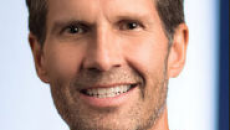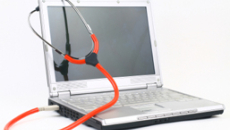Blog
The Beth Israel Deaconess CIO looks back at the big events that shaped health IT in 2014 -- and ahead to what they portend for the coming year. "2014 was quite a year," he writes. "Thinking back to December 2013, I cannot believe that so much has happened."
Federal meaningful use requirements are well intentioned, but like a teacher who "teaches to the test," the federal meaningful use program created a very complicated system that might pass the test of meaningful use stages, but is not producing meaningful results for patients and clinicians.
In just a few short weeks, 40,000 healthcare IT professionals will descend on the show floor in Orlando. With the final countdown on, here are a few simple reminders and things to consider as you head out the door.
Now that we have experience with two stages of meaningful use, it's also clear that a three year cycle is needed to ensure safe, high value, well adopted, introduction of new IT functionality.
After nearly 20 years as a CIO, I've learned that even with the best people, best planning and appropriate budgets, large, complex projects encounter issues imposed by external factors that cannot be predicted during initial project scheduling.
So you are in the market for a new EMR and you quickly realize that there are hundreds of companies in this market. How do you choose?
The term “patient engagement” returns 565,000 Google search results in less than four-tenths of a second. In contrast, the term “physician engagement” returns roughly one tenth of the total number of results and most are related to hospital or healthcare management practices.
Open an electronic healthcare record and click on a field. What happens? Underneath the covers of your EHR application, a lot is going on.
What I find stifling is the pace at which meaningful use is proceeding. When you put an entire industry under the MU pressure cooker, the need to meet federal mandates overwhelms anything else.
Cat and dog owners know that pets that chase their tails will eventually catch them – but they won’t stay caught for long. Healthcare providers who manage the exchange of health information understand the feeling.









